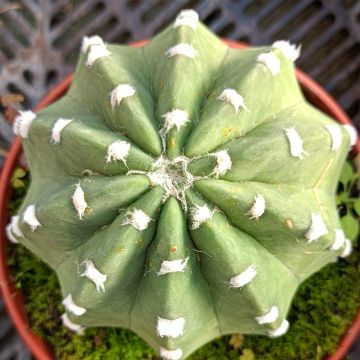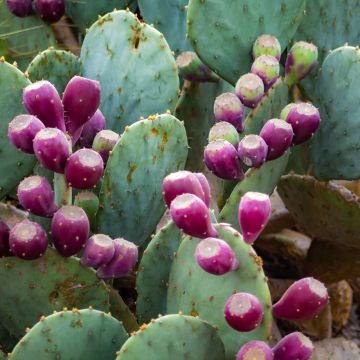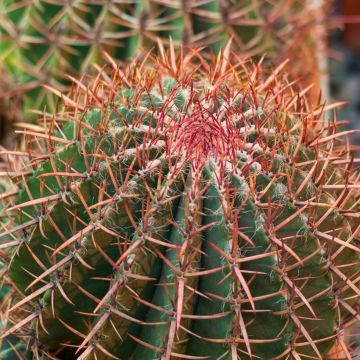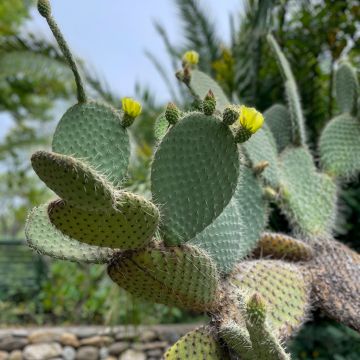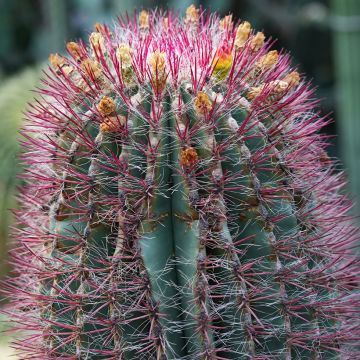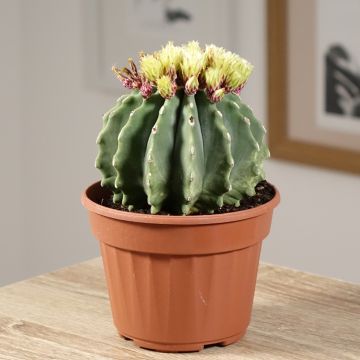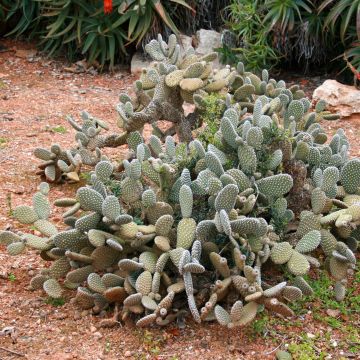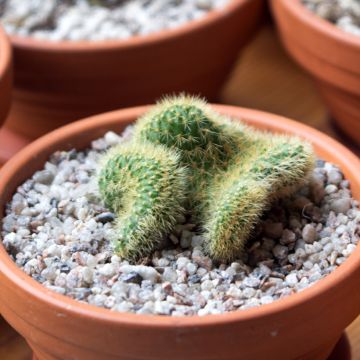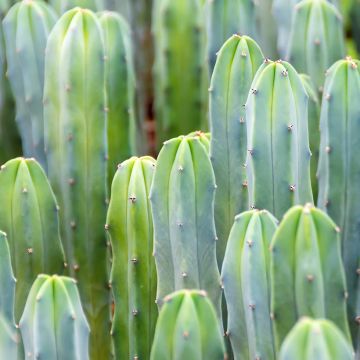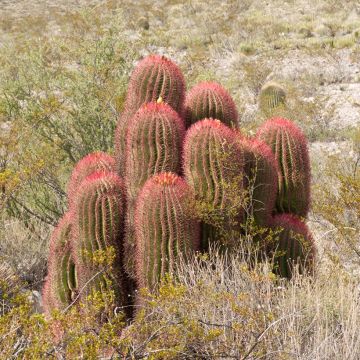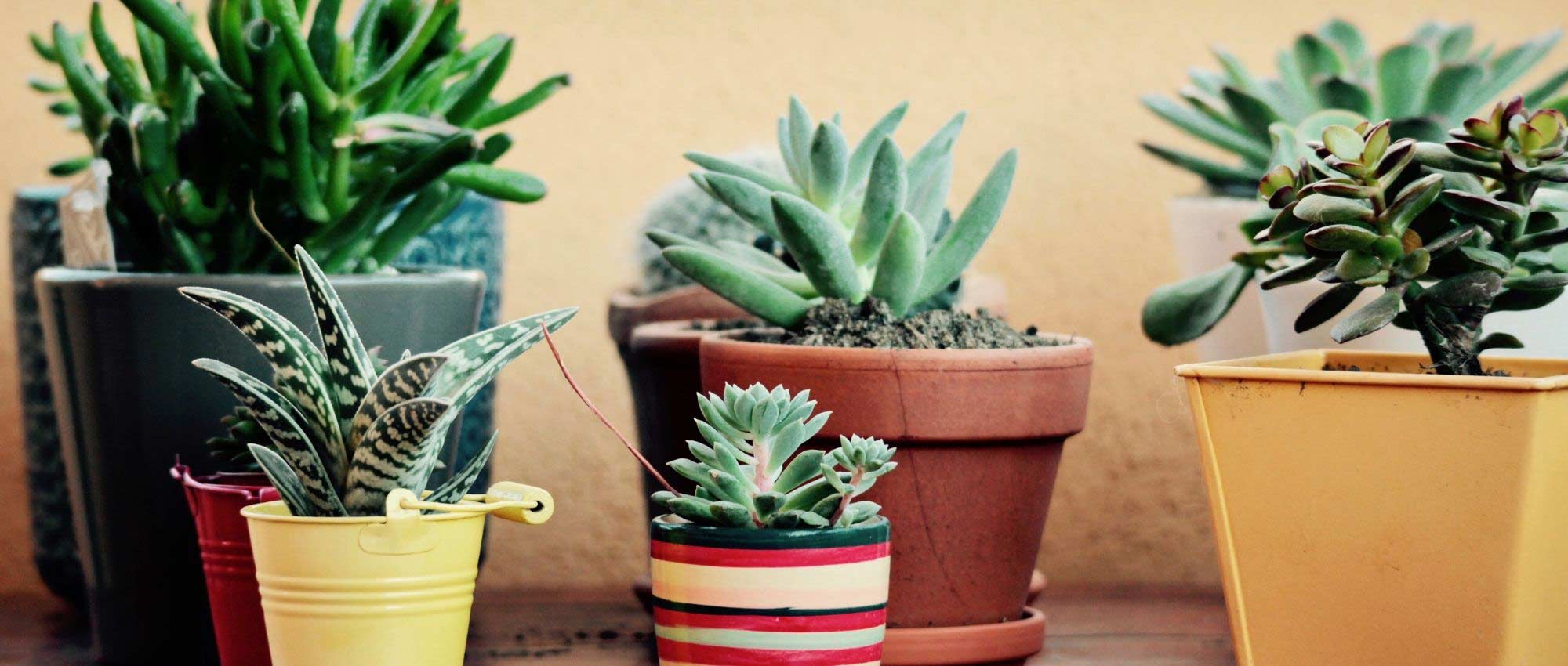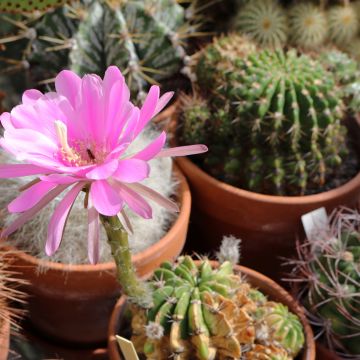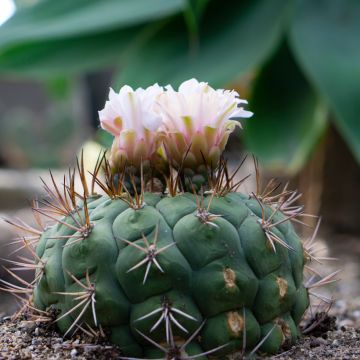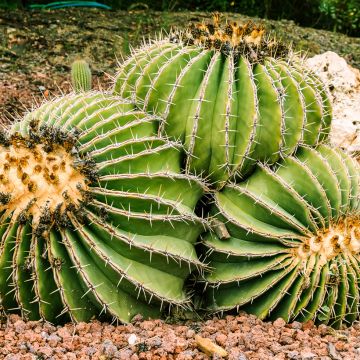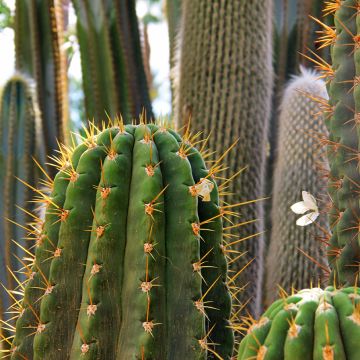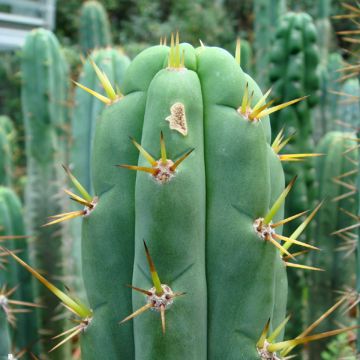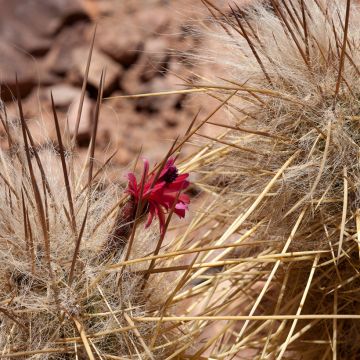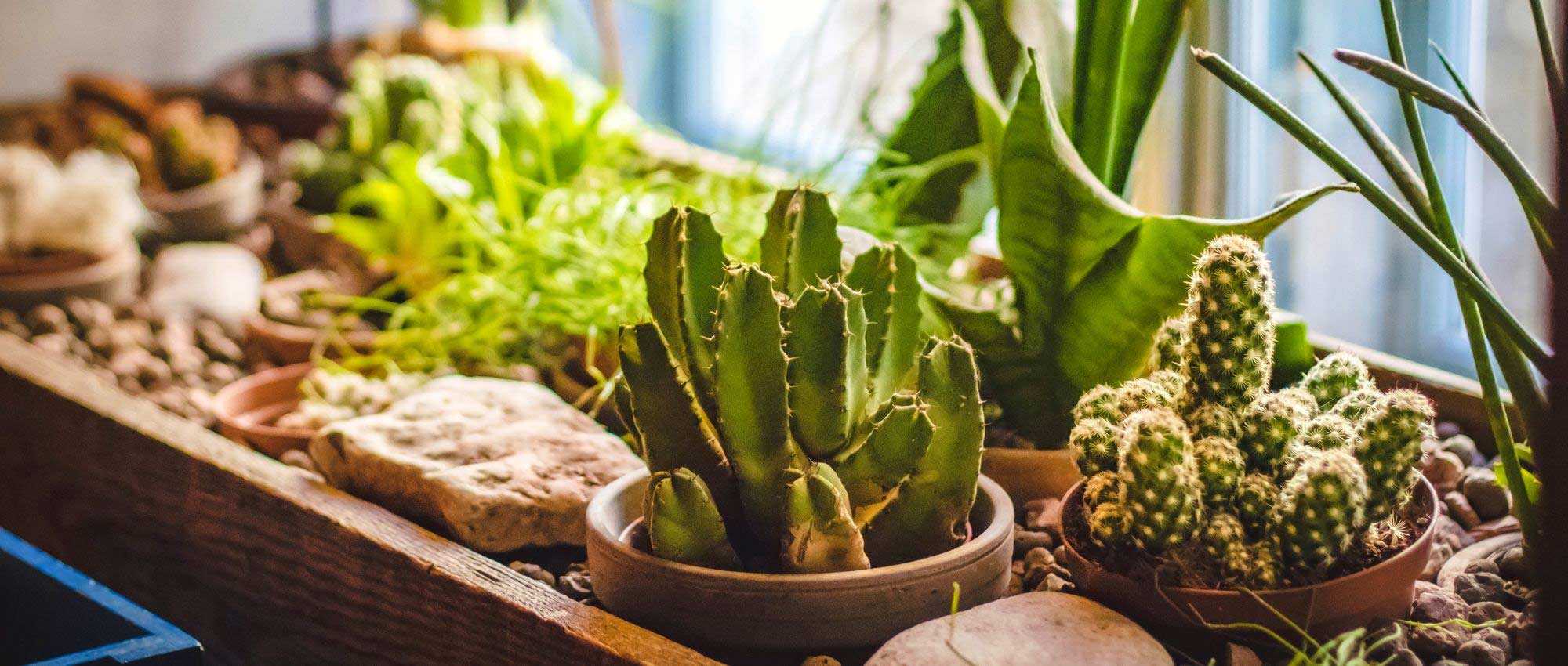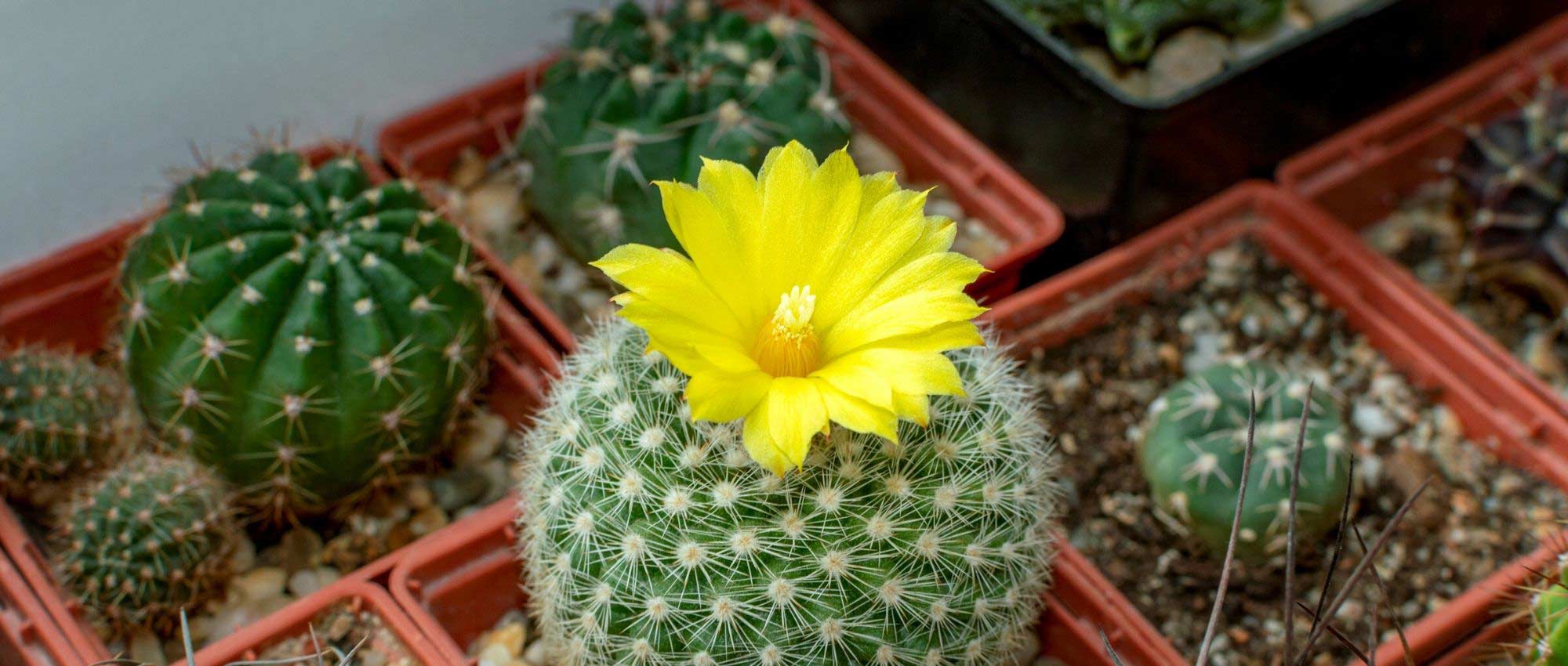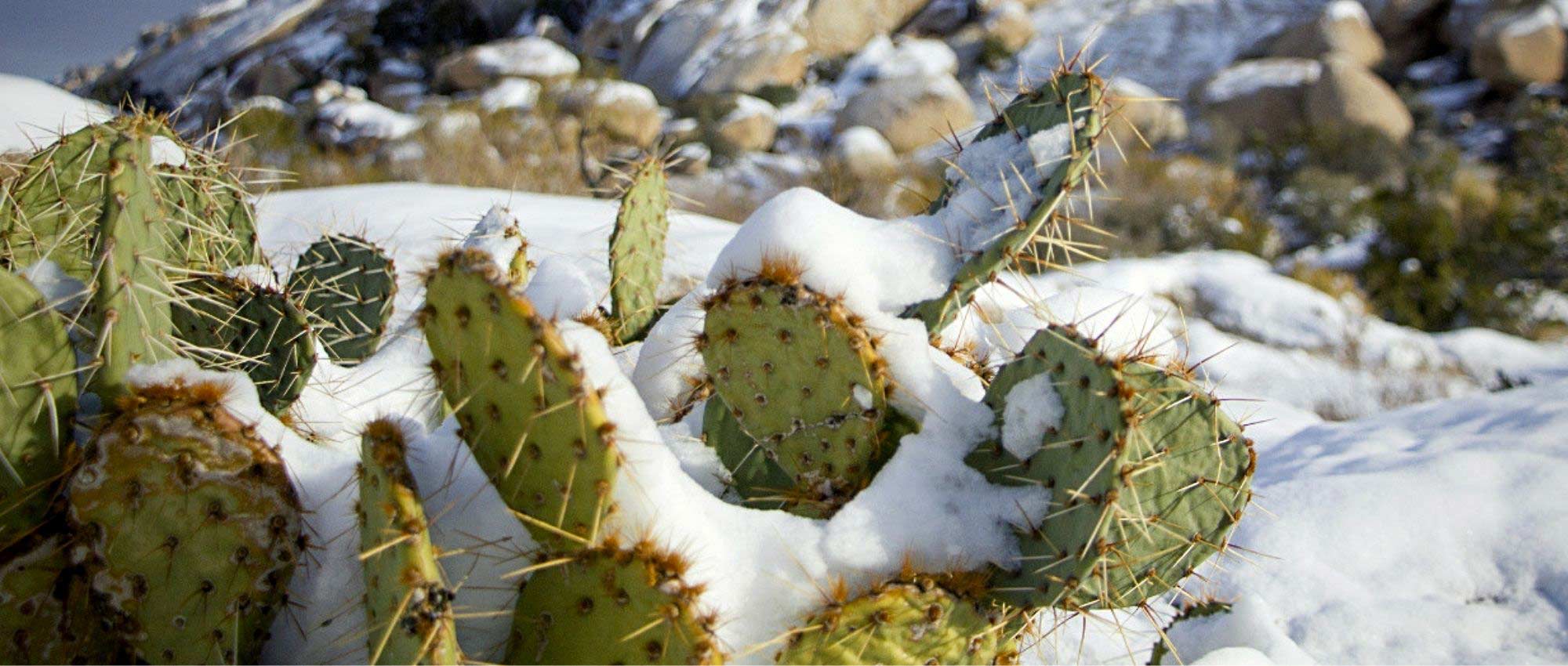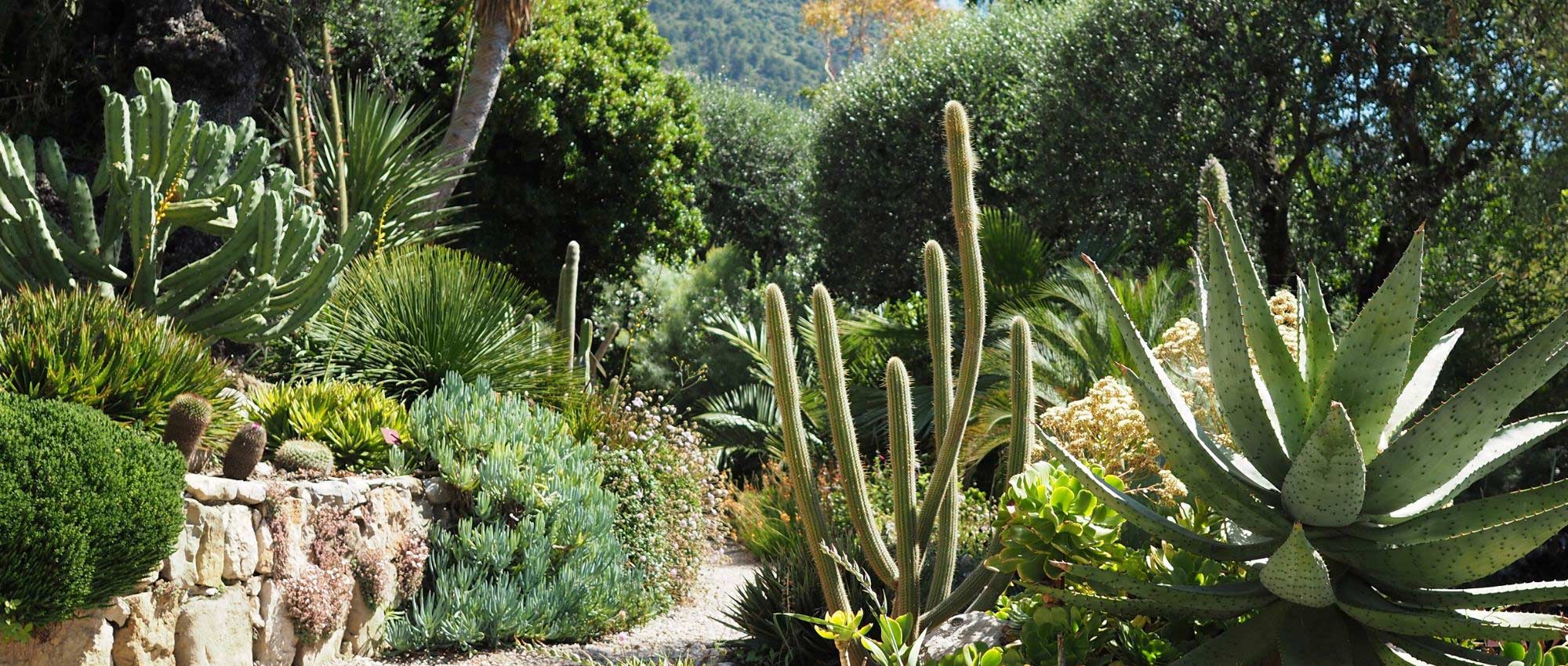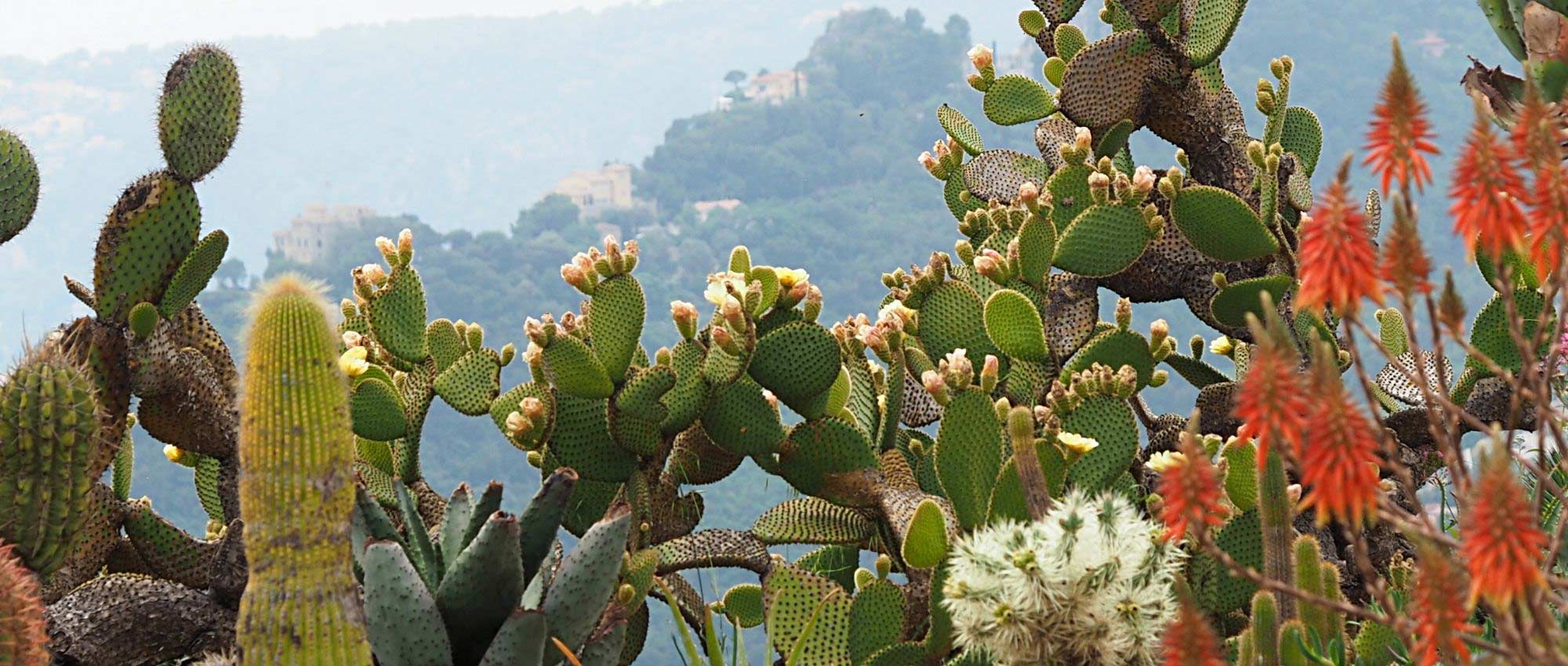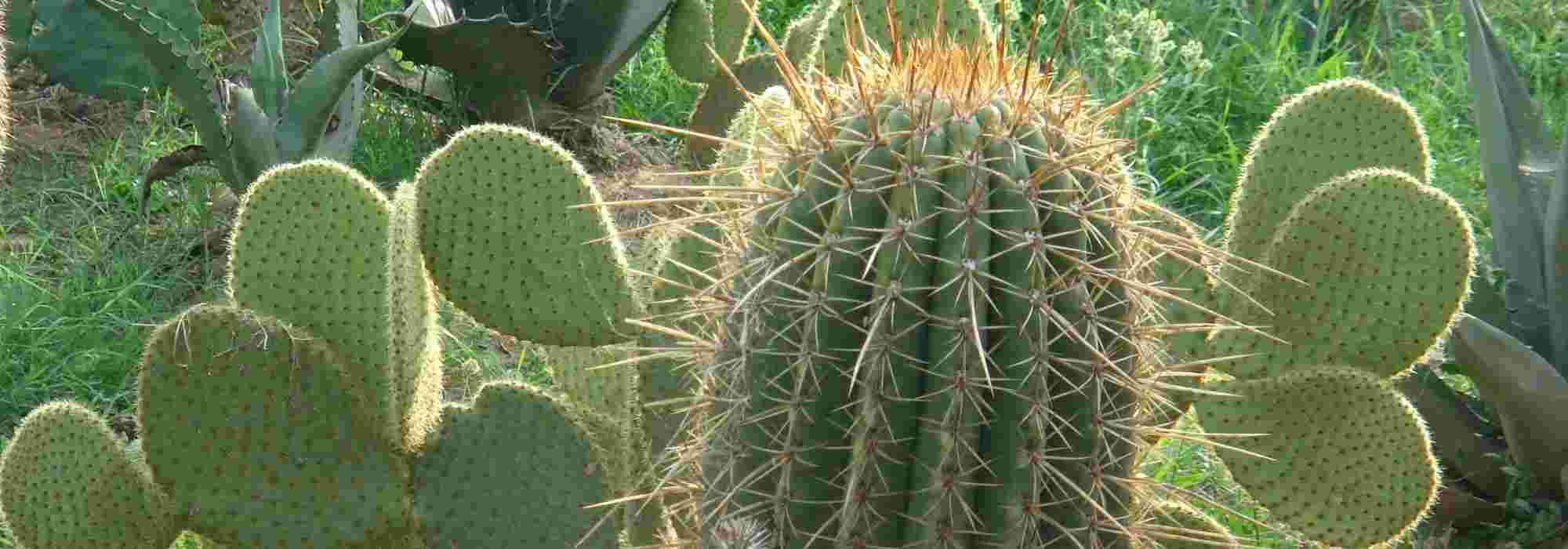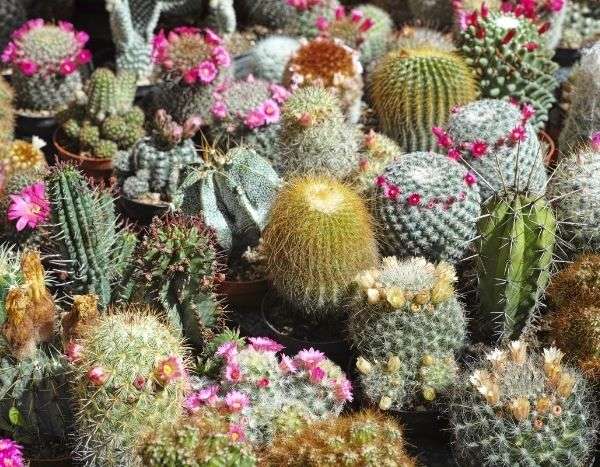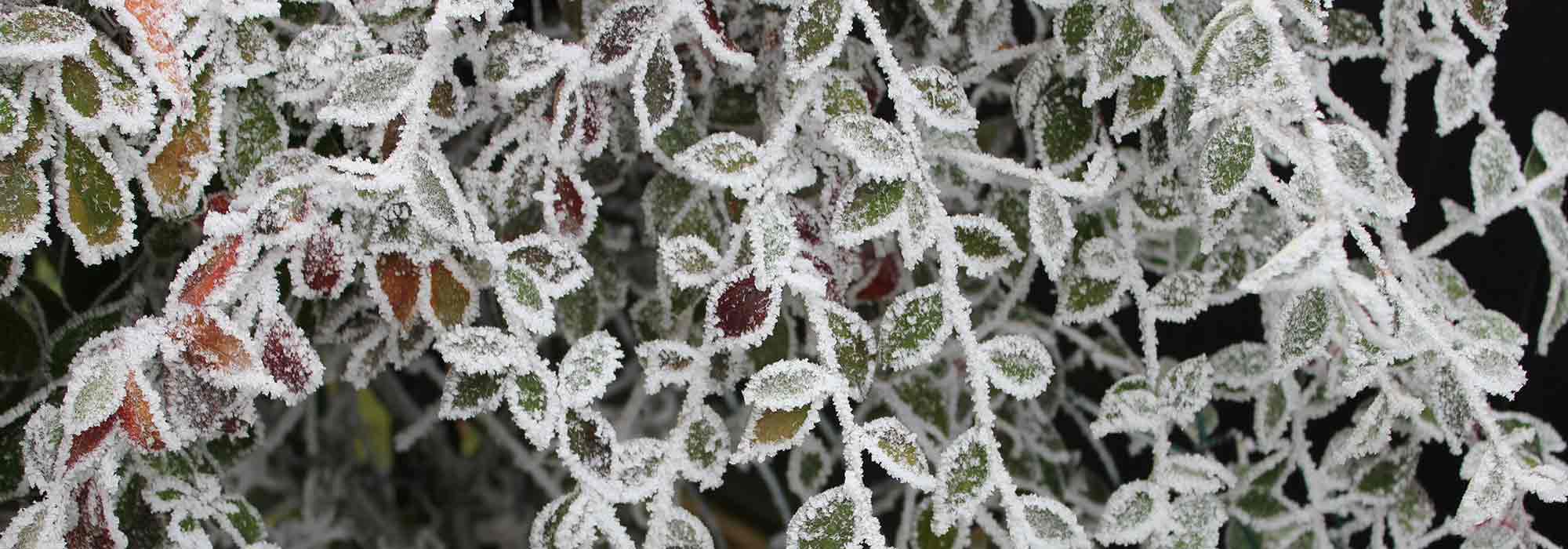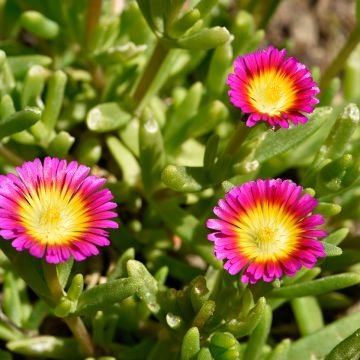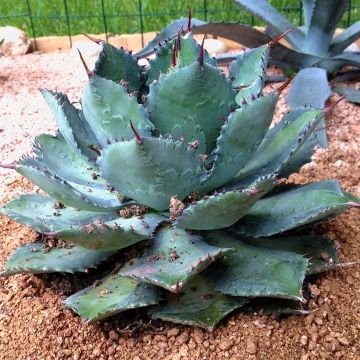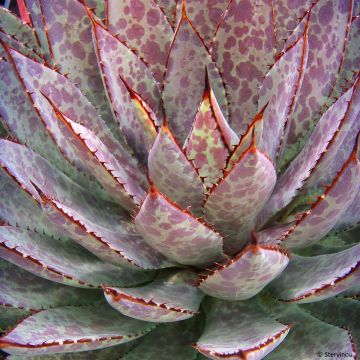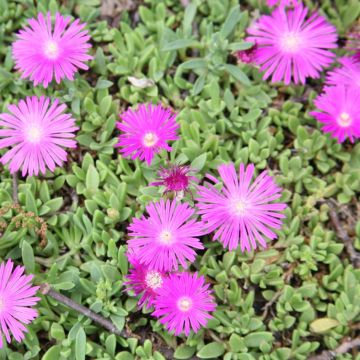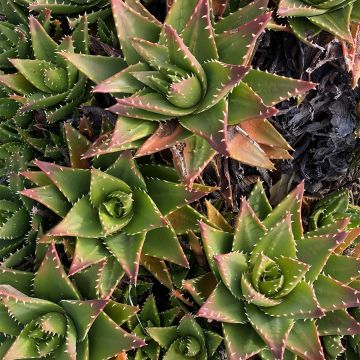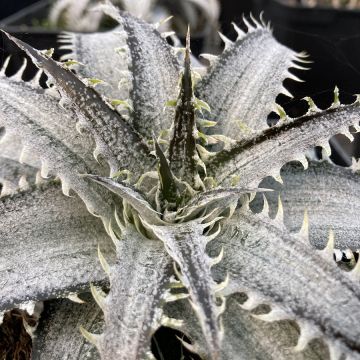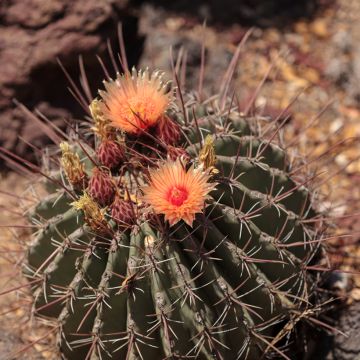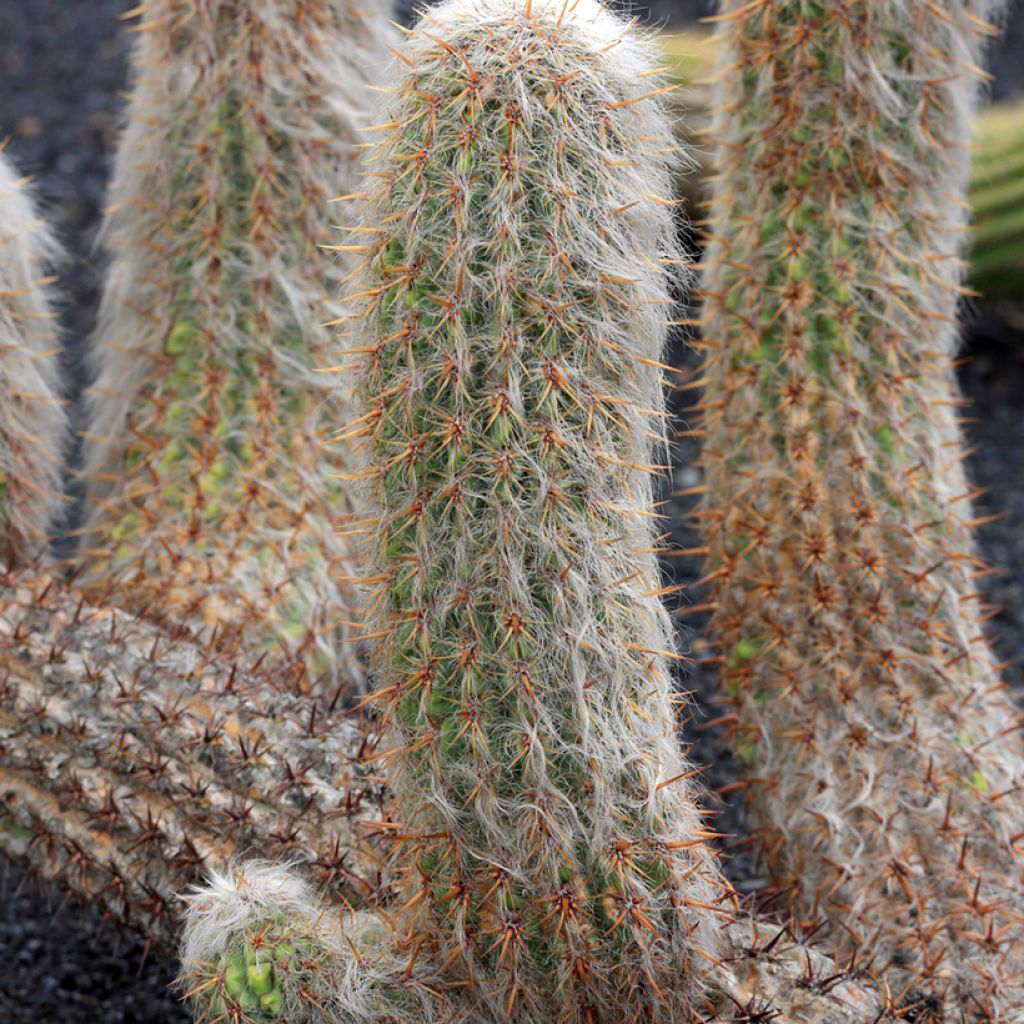

Oreocereus trollii - Old man of the Andes
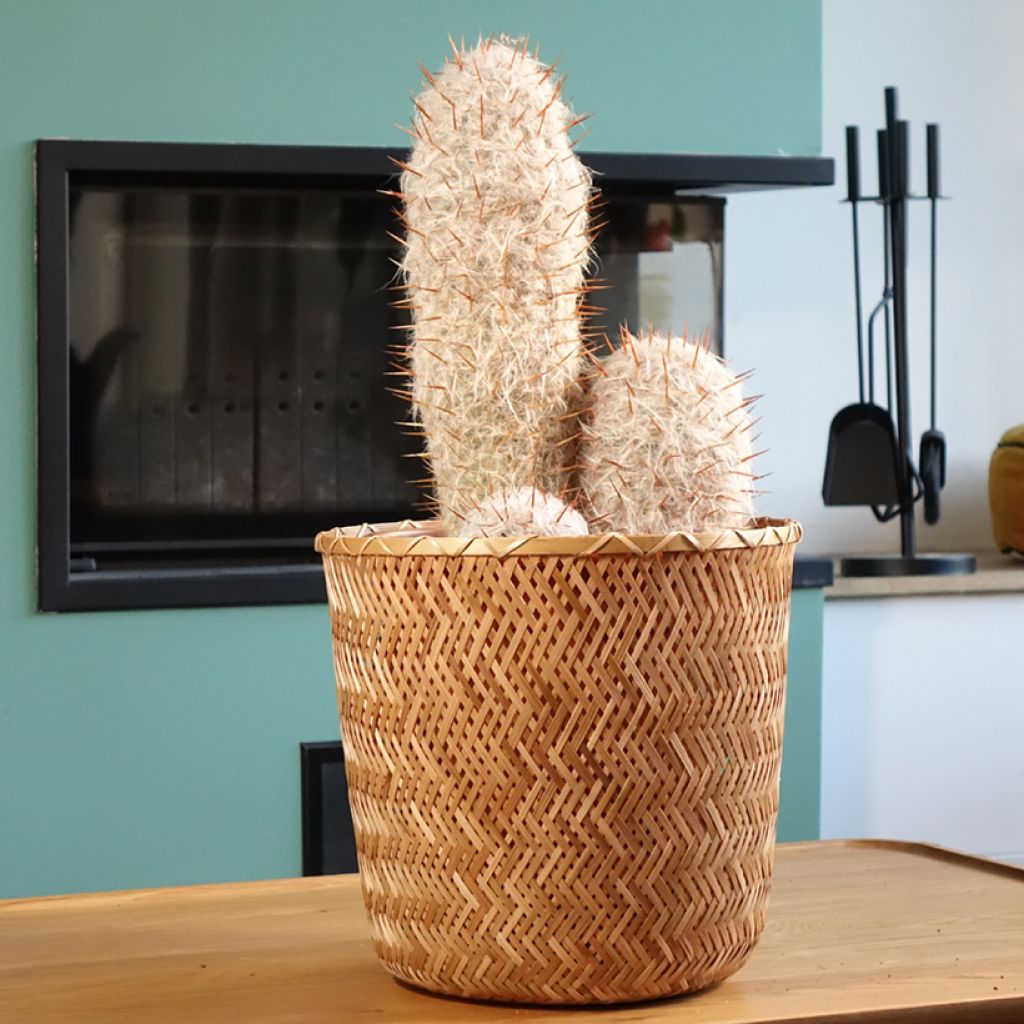

Oreocereus trollii - Old man of the Andes
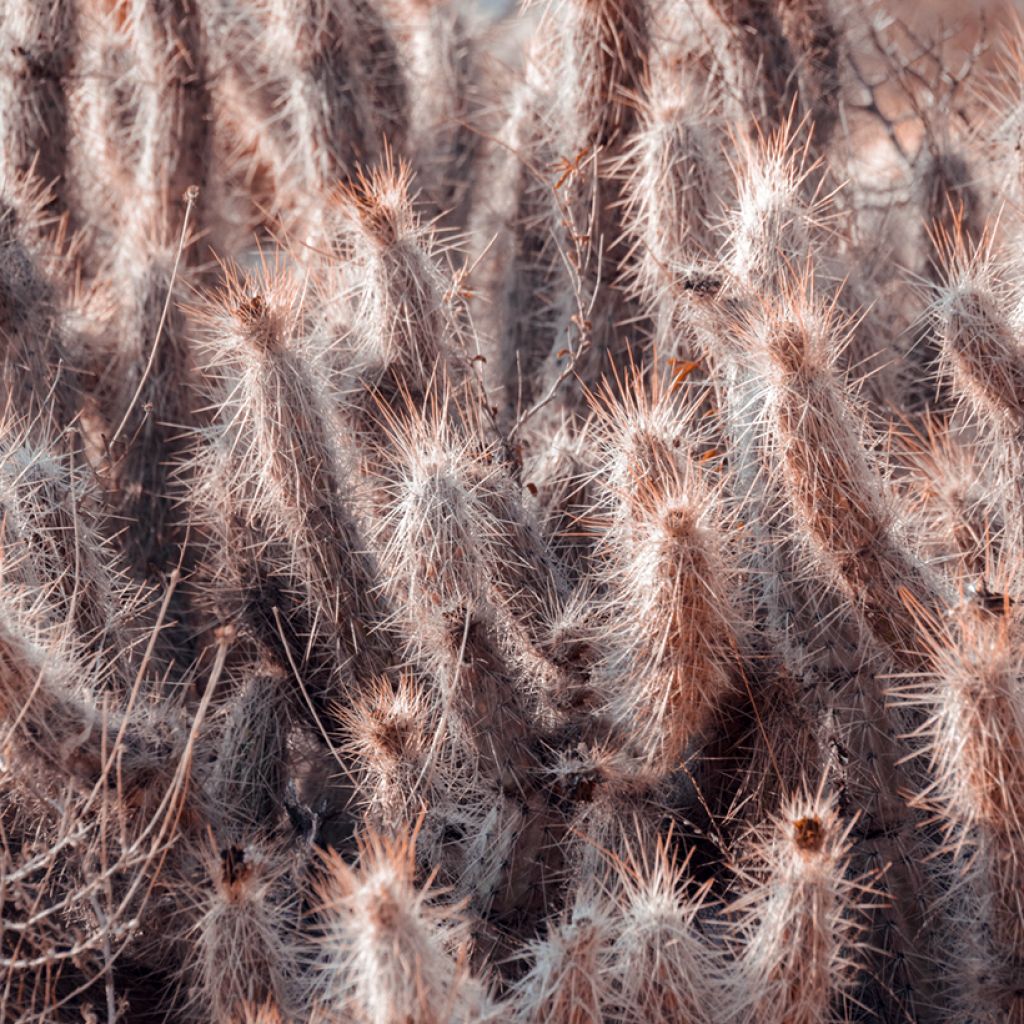

Oreocereus trollii - Old man of the Andes
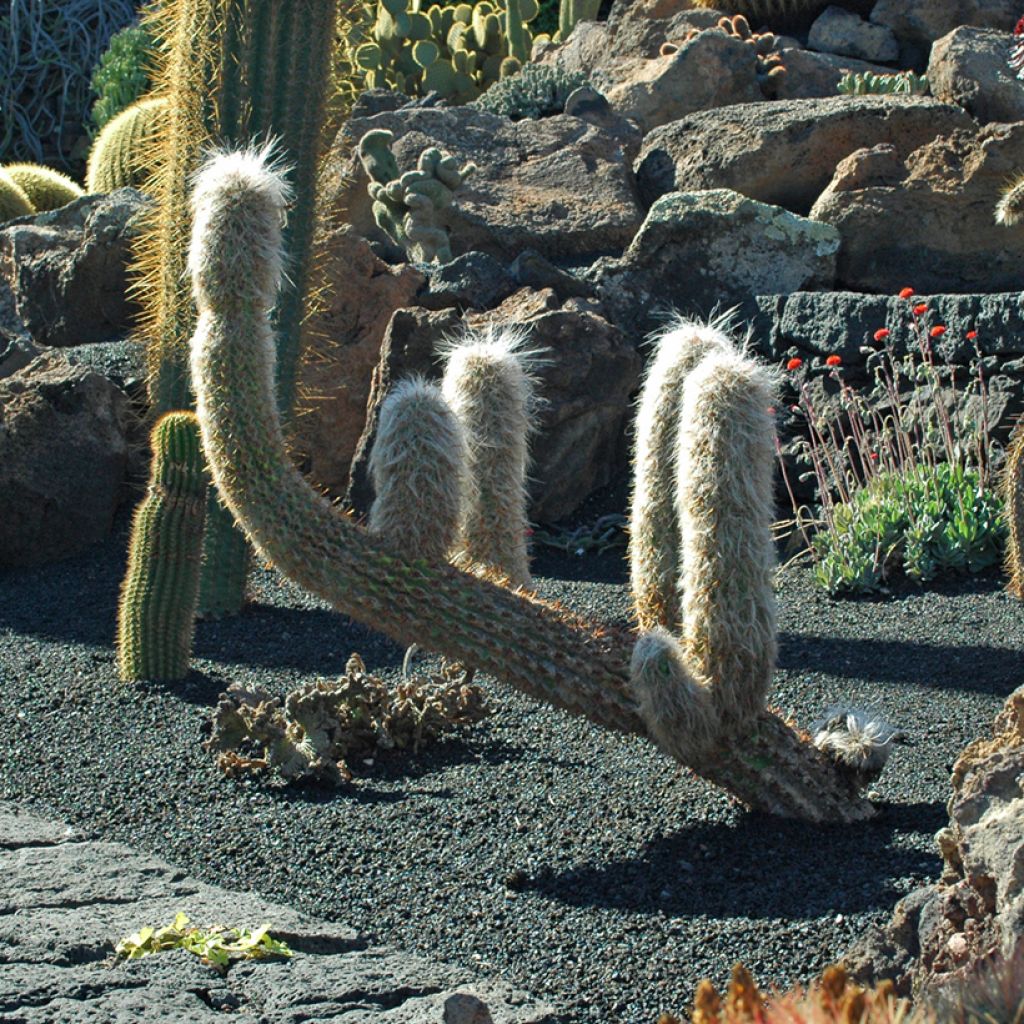

Oreocereus trollii - Old man of the Andes
Oreocereus trollii - Old man of the Andes
Oreocereus trollii
Old man of the Andes, old man of the mountain
Special offer!
Receive a €20 voucher for any order over €90 (excluding delivery costs, credit notes, and plastic-free options)!
1- Add your favorite plants to your cart.
2- Once you have reached €90, confirm your order (you can even choose the delivery date!).
3- As soon as your order is shipped, you will receive an email containing your voucher code, valid for 3 months (90 days).
Your voucher is unique and can only be used once, for any order with a minimum value of €20, excluding delivery costs.
Can be combined with other current offers, non-divisible and non-refundable.
Why not try an alternative variety in stock?
View all →This plant carries a 12 months recovery warranty
More information
We guarantee the quality of our plants for a full growing cycle, and will replace at our expense any plant that fails to recover under normal climatic and planting conditions.
Does this plant fit my garden?
Set up your Plantfit profile →
Description
On the arid heights of the Andes stands Oreocereus trollii, the Old Man of the Andes, draped in its cloak of white wool, compacted into short, thick columns. Beneath this venerable fleece lurk formidable reddish prickles, testaments to its wild character. In full sun, in perfectly drained soil and under a dry climate, it will easily withstand frosts down to -12°C. Whether in a pot on a balcony or at the heart of a Mediterranean rockery, its singular personality never fails to make an impression.
Oreocereus trollii, nicknamed the Old Man of the Andes, is a columnar cactus belonging to the Cactaceae family. Native to the mountainous regions of northern Argentina (provinces of Jujuy and Salta) and southern Bolivia (departments of Chuquisaca, Tarija, and Potosí), it thrives at altitudes between 2,900 and 4,300 m. This species was first described in 1929 by Walter Kupper under the name Cereus trollii, before being reclassified in 1936 by Curt Backeberg into the genus Oreocereus. The name Oreocereus trollii pays homage to the German botanist Wilhelm Troll. This cactus exhibits slow growth and develops columnar stems branched at the base, forming small clumps. The stems, initially almost spherical, become cylindrical over time, reaching 50 cm in height in cultivation, though in their natural habitat, they can grow up to 1 m. Their diameter ranges from 6 to 10 cm. The stems feature 15 to 25 tuberculate ribs, adorned with white areoles from which fine white woolly hairs, up to 7 cm long, emerge, protecting the plant from the extreme climatic conditions of its environment. The 3 to 5 central thorns are robust and measure up to 5 cm long. They display yellow, reddish, or brown hues with darker tips. The 10 to 15 radial thorns are finer and resemble hairs. The flowers appear between June and August, depending on the climate, on mature specimens. They are semi-tubular, pink to carmine red, and measure up to 4 cm long. Pollination is typically carried out by insects outdoors. The fruits are spherical, dry, and split when ripe to release black seeds.
To encourage flowering, it is essential that this cactus receives maximum sun exposure. Additionally, a cool, dry winter rest period is highly beneficial.
In a sun-drenched gravel garden, the Old Man of the Andes stands as a living sculpture. Its woolly silhouette contrasts starkly with raw stone and fleeting twilight shadows. Its columnar form pairs perfectly with the blue-tinged cushions of Senecio mandraliscae. Agave parrasana, with its compact cabbage-like rosettes, will sculpt the space around these two companions. In a pot on a sun-drenched terrace, lay a bed of light gravel to reflect the light and accentuate the softness of its fleece. Placed among terracotta or turquoise ceramics, it evokes the Andean landscapes.
Oreocereus trollii - Old man of the Andes in pictures
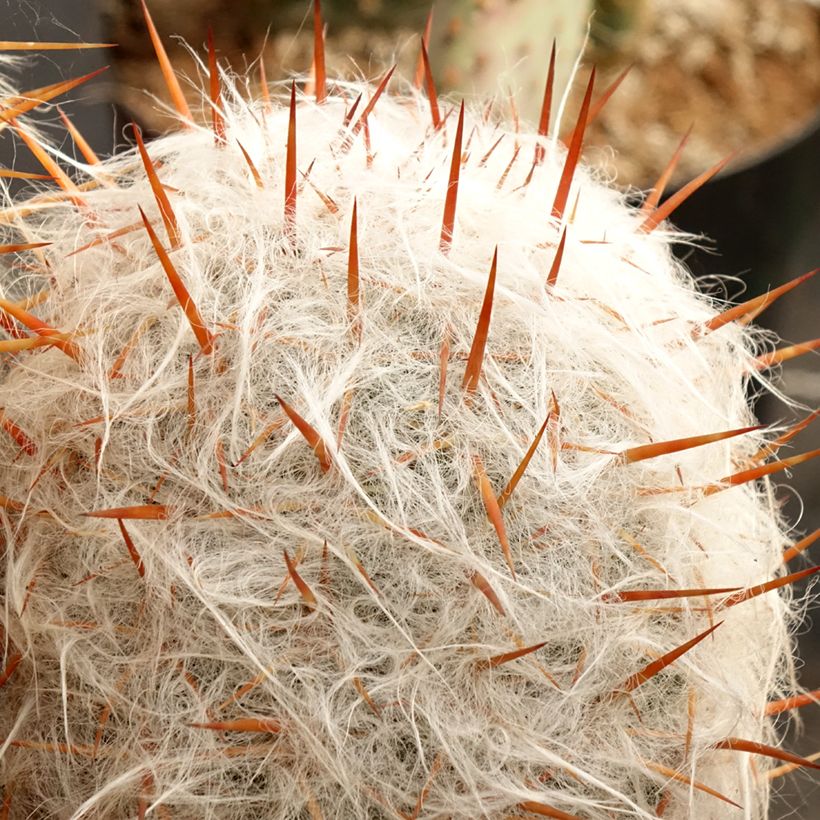



Flowering
Foliage
Plant habit
Botanical data
Oreocereus
trollii
Cactaceae
Old man of the Andes, old man of the mountain
Cereus trollii, Borzicactus trollii, Echinopsis trollii, Pilocereus trollii
Andes Mountains, South America
Other Cacti
View all →Planting and care
Handle your Oreocereus trollii cactus with gloves and protective goggles.
This plant originates from the Andes. Its hardiness is estimated at -12°C in well-drained soil, and even more in dry soil according to some sources. Like all cacti, it dislikes wet and cold winters.
Outdoor cultivation:
The cold resistance of Oreocereus trollii heavily depends on soil moisture. It is therefore essential to plant it in very well-drained soil, ideally on a slope or mound to facilitate water drainage. A south-facing exposure is recommended to maximise sunlight. This species is adapted to arid climates, dry in summer as well as in winter. Consequently, outdoor cultivation is easier in the driest regions. In these areas, it can be grown outdoors, provided it is protected from excess moisture.
Pot cultivation:
For regions with harsher or wetter winters, pot cultivation is preferable. Use a very well-draining substrate, composed for example, of a mix of cactus compost and coarse sand or gravel. Wide, shallow pots suit its root system well. It is advisable to add a layer of drainage gravel at the bottom of the pot to improve drainage. Place the pot in a very bright spot, ideally in full sun, during the growth period. In winter, reduce watering to a minimum and keep the plant dry, in a cool place but protected from frost. This winter rest period is crucial for its health and promotes flowering.
General advice:
-
Watering: during the growth period (spring and summer), water moderately when the substrate is dry on the surface. In autumn and winter, drastically reduce watering to avoid root rot.
-
Fertilisation: Apply a diluted cactus fertiliser once a month during the growth period.
-
Repotting: Repot every 2 to 3 years in spring, renewing the substrate to ensure good root aeration.
Planting period
Intended location
Care
Planting & care advice
This item has not been reviewed yet - be the first to leave a review about it.
Similar products
Haven't found what you were looking for?
Hardiness is the lowest winter temperature a plant can endure without suffering serious damage or even dying. However, hardiness is affected by location (a sheltered area, such as a patio), protection (winter cover) and soil type (hardiness is improved by well-drained soil).

Photo Sharing Terms & Conditions
In order to encourage gardeners to interact and share their experiences, Promesse de fleurs offers various media enabling content to be uploaded onto its Site - in particular via the ‘Photo sharing’ module.
The User agrees to refrain from:
- Posting any content that is illegal, prejudicial, insulting, racist, inciteful to hatred, revisionist, contrary to public decency, that infringes on privacy or on the privacy rights of third parties, in particular the publicity rights of persons and goods, intellectual property rights, or the right to privacy.
- Submitting content on behalf of a third party;
- Impersonate the identity of a third party and/or publish any personal information about a third party;
In general, the User undertakes to refrain from any unethical behaviour.
All Content (in particular text, comments, files, images, photos, videos, creative works, etc.), which may be subject to property or intellectual property rights, image or other private rights, shall remain the property of the User, subject to the limited rights granted by the terms of the licence granted by Promesse de fleurs as stated below. Users are at liberty to publish or not to publish such Content on the Site, notably via the ‘Photo Sharing’ facility, and accept that this Content shall be made public and freely accessible, notably on the Internet.
Users further acknowledge, undertake to have ,and guarantee that they hold all necessary rights and permissions to publish such material on the Site, in particular with regard to the legislation in force pertaining to any privacy, property, intellectual property, image, or contractual rights, or rights of any other nature. By publishing such Content on the Site, Users acknowledge accepting full liability as publishers of the Content within the meaning of the law, and grant Promesse de fleurs, free of charge, an inclusive, worldwide licence for the said Content for the entire duration of its publication, including all reproduction, representation, up/downloading, displaying, performing, transmission, and storage rights.
Users also grant permission for their name to be linked to the Content and accept that this link may not always be made available.
By engaging in posting material, Users consent to their Content becoming automatically accessible on the Internet, in particular on other sites and/or blogs and/or web pages of the Promesse de fleurs site, including in particular social pages and the Promesse de fleurs catalogue.
Users may secure the removal of entrusted content free of charge by issuing a simple request via our contact form.
The flowering period indicated on our website applies to countries and regions located in USDA zone 8 (France, the United Kingdom, Ireland, the Netherlands, etc.)
It will vary according to where you live:
- In zones 9 to 10 (Italy, Spain, Greece, etc.), flowering will occur about 2 to 4 weeks earlier.
- In zones 6 to 7 (Germany, Poland, Slovenia, and lower mountainous regions), flowering will be delayed by 2 to 3 weeks.
- In zone 5 (Central Europe, Scandinavia), blooming will be delayed by 3 to 5 weeks.
In temperate climates, pruning of spring-flowering shrubs (forsythia, spireas, etc.) should be done just after flowering.
Pruning of summer-flowering shrubs (Indian Lilac, Perovskia, etc.) can be done in winter or spring.
In cold regions as well as with frost-sensitive plants, avoid pruning too early when severe frosts may still occur.
The planting period indicated on our website applies to countries and regions located in USDA zone 8 (France, United Kingdom, Ireland, Netherlands).
It will vary according to where you live:
- In Mediterranean zones (Marseille, Madrid, Milan, etc.), autumn and winter are the best planting periods.
- In continental zones (Strasbourg, Munich, Vienna, etc.), delay planting by 2 to 3 weeks in spring and bring it forward by 2 to 4 weeks in autumn.
- In mountainous regions (the Alps, Pyrenees, Carpathians, etc.), it is best to plant in late spring (May-June) or late summer (August-September).
The harvesting period indicated on our website applies to countries and regions in USDA zone 8 (France, England, Ireland, the Netherlands).
In colder areas (Scandinavia, Poland, Austria...) fruit and vegetable harvests are likely to be delayed by 3-4 weeks.
In warmer areas (Italy, Spain, Greece, etc.), harvesting will probably take place earlier, depending on weather conditions.
The sowing periods indicated on our website apply to countries and regions within USDA Zone 8 (France, UK, Ireland, Netherlands).
In colder areas (Scandinavia, Poland, Austria...), delay any outdoor sowing by 3-4 weeks, or sow under glass.
In warmer climes (Italy, Spain, Greece, etc.), bring outdoor sowing forward by a few weeks.






























